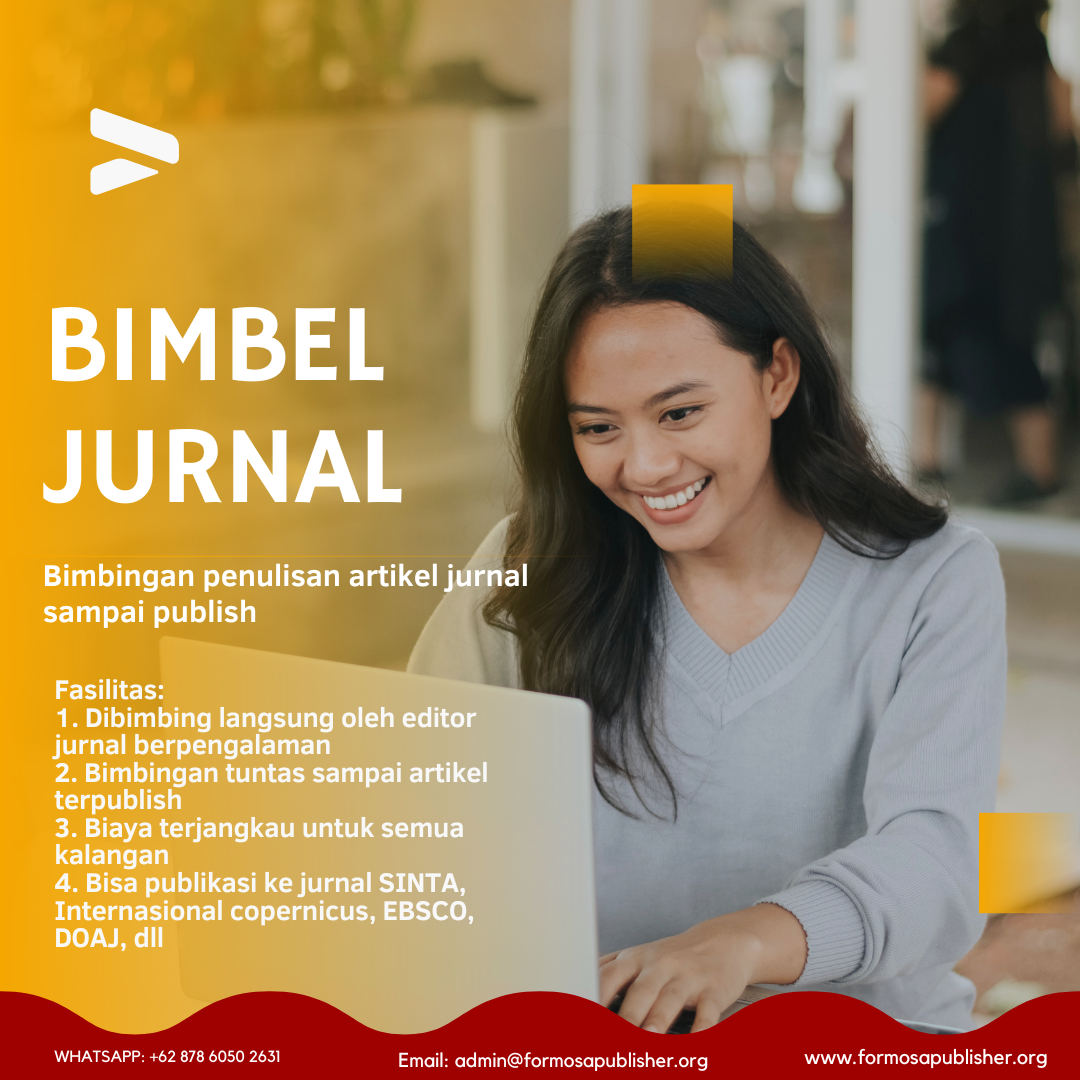Islamic Economic Position as a Breakfast to Reducing Inflation
DOI:
https://doi.org/10.55927/mudima.v3i1.2423Keywords:
Islamic Economics, Breakthrough, InflationAbstract
Inflation is a monetary event that results in a decrease in currency value for certain goods. These incidents cause disruption to the function of money, distort prices, destroy output, undermine efficiency and productive investment, and cause social injustice. The method in writing this article is to use a literature study with a descriptive-analytic qualitative approach, namely research that is emphasized tracking and analyzing. Written sources and related reading material to the theme were discussed for further study and in-depth study. This research was conducted to examine Inflation and how to overcome it in Islam. Inflation is a condition where there is an increase in prices in general, and it takes place continuously. Inflation is also a state of continuous decline in the currency's value. In general, Inflation is caused by: the sizeable public Demand for an item, an increase in production costs, and the very high circulation of money in society. Meanwhile, according to Al- Maqrizi Taqyudin, in the Islamic economy, Inflation is caused by natural Inflation ( naturally ) and human error inflation (by humans). According to its nature, Inflation is divided into a creeping, medium inflation (galloping Inflation), and high Inflation (hyper). Inflation). The cause of Inflation is divided into Requests pull Inflation and Cosh push Inflation. According to the origin, Inflation is divided into Inflation originating from within the country and abroad. Meanwhile, according to public expectations, it is divided into Expected Inflation and Unexpected Inflation. in conventional economies, the way to overcome Inflation is by implementing monetary policy, fiscal policy, non - monetary/non-fiscal policies. In Islam, Inflation is overcome by printing low/minimal amounts of money, executing the Dues Idle fund strategy, and implementing fiscal policy
References
Dwihapsari, Rindani, Kurniaputri, Mega Rachma, & Huda, Nurul. (2021). Analysis of Monetary Policy Effectiveness in Conventional and Sharia Perspectives on Inflation in Indonesia in 2013-2020. Scientific Journal of Islamic Economics, 7 (2), 980–993.
Dwijayanthy, Febrina, & Naomi, Prima. (2009). Analysis of the Effect of Inflation, BI Rate, and Currency Exchange Rate on Bank Profitability for the 2003-2007 Period [English: Analysis of Effect of Inflation, BI Rate, and Exchange Rate on Bank Profitability (Period 2003-2007)]. Karisma Journal , 3 (2), 87–98.
Fauziyah, Wenny Elies Nur. (2016). The Influence of the Bi Rate and the Amount of Money in Circulation on the Inflation Rate in Indonesia. Journal of Economic Education (JUPE), 4 (3).
Jaya, Abdika, & Murahman, Mardi. (2022). Policies for Handling the Impact of Inflation After the Fuel Increase in Musi Rawas Regency. Mazda Journal, 1 (2), 112–120.
Kurniawati, F. (2019). Inflation Control in Islamic Economic Perspective. Adzkiya: Journal of Sharia Law and Economics, 6 (2).
Mahendra, A. (2016). Analysis of the influence of the money supply, SBI interest rates and the exchange rate on Inflation in Indonesia. Journal of Accounting & Finance Research, pp. 1–12.
Masriani, Yulies Tiena. (2022). The tax regulation strategy is an effort to overcome land price inflation. Owner: Accounting Research and Journal, 6 (4), 3959–3966.
Mulyani, R. (2020). Inflation and How to Overcome It in Islam. Lishabab, 1 (2), 267–278.
Isabella, Annissa, & Aliasuddin, Aliasuddin. (2017). Causality Analysis Between Inflation and Unemployment in Indonesia. Scientific Journal of Development Economics Students, 2 (3), 423–430.
Nugroho, Mahar Fatwa, & Utomo, Yuni Prihadi. (2022). Analysis of the Influence of Interest Rates, Government Expenditure, Public Consumption, Amount of Money in Circulation, and the Exchange Rate on Inflation in Indonesia in 1997-2020. Economics: Journal of Economics and Business, 6 (2), 822–825.
Rohmawati, I. (2017). The Influence of Trading Volume, Dividend Payout Ratio and Inflation on Stock Price Volatility in Companies Listed in the LQ45 Index in 2011-2015. Journal of Education and Economics, 6 (1), 38–45.
Regards, Wafa Raihany. (2020). Inflation Amid a Pandemic in an Islamic Perspective. Journal of Syntax Transformation, 1 (5), 187–192.
Satya Graha Pinasti, Irma. (2022). The Influence of Gross Domestic Product, BI7DRR, and Payment System Financial Innovation on Money Demand in Indonesia (2016.04–2020.12). UPN "Veteran" Yogyakarta.
Suhardi, Auliya Ahmad, & Tambunan, Khairina. (2022). Ways to Overcome Inflation to Increase Economic Growth in Indonesia Based on an Islamic Economic Perspective. Salimiya: Journal of Islamic Religious Studies, 3 (1), 26–37.
Yulianti, Rahma, & Khairuna, Khairuna. (2019). The Influence of Inflation on Economic Growth in Aceh Province for the 2015-2018 Period in an Islamic Economic Perspective. Journal of Muhammadiyah Accounting (JAM), 9 (2).
Downloads
Published
How to Cite
Issue
Section
License
Copyright (c) 2023 Nila Atikah, Akhmad Syafi'i, Upit Elya Rohimi, Prieska Rani

This work is licensed under a Creative Commons Attribution 4.0 International License.
































